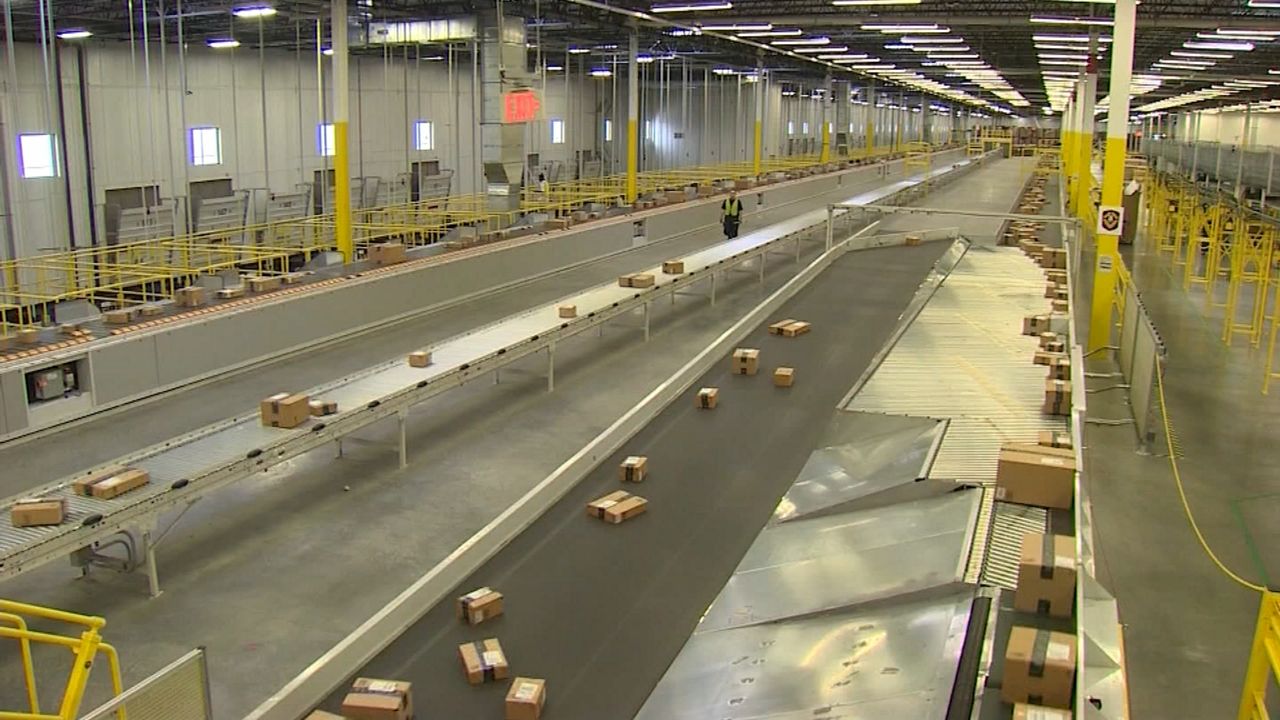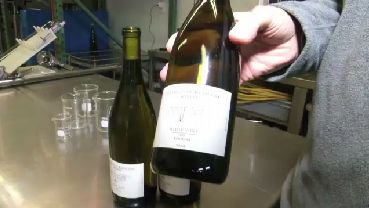Cincinnati, OH – Cincinnati's Over-the-Rhine neighborhood continues to show tremendous growth nearly a decade after city officials, developers, and others decided something had to be done.
- OTR adding 45 businesses in 2018
- Job creation in the thousands in the last decade
- Area once considered highest crime-rate in America
OTR was once besieged by crime. Crime so high that one street corner – not city block, but street corner – would see nearly 600 calls for police help in one year.
Greg Olson, CEO of Urban Sites and president of the Over-the-Rhine Chamber of Commerce, believes the OTR neighborhood, which encompasses about 300 acres, only had ten to 20 businesses in the mid-2000s.
OTR touches the north boundary of downtown Cincinnati and sits just east of I-75. East Liberty Street cuts through the middle of the district.
In the early 2000's, city leaders and some of Cincinnati's legacy corporations decided they had to do something with the neighborhood. OTR had earned a reputation as one of the most crime-laden neighborhoods in America. Housing was sub-standard, jobs were essentially non-existent, and growth of any kind was reserved for weeds.
“Everyone knew that Over-the-Rhine was pretty much filled with sin,” Olson told Spectrum News 1 at a recent event to highlight the neighborhoods economic achievements for 2018.
“It was full of vices.”
Now, it's full of businesses, office space, restaurants, pubs, and residential lofts and condominiums.
OTR is believed to be one of the oldest intact historical neighborhoods in the country. The center of German immigrants in the early 1800's, it's name is derived from the Rhine River that flows through Germany.
Olson said 45 new businesses will set up shop by the end of the year. The chamber believes that translates to around 350 new jobs. Over the last decade, thousands of jobs have been created in OTR.
The business district of OTR has been a model of success for other cities. Organizations and developers in OTR have been summoned by other cities to help revitalize their neighborhoods.
Olson said the next five years will see development north of Liberty Street and into the residential portion of OTR. Streetscape improvements, curbing, and road dieting will help make the area safer for pedestrians.
“There's a tremendous amount of great folks who live in this community, who have lived in this community,” Olson said. “I'm really glad to see there is a focus on affordable housing, as well as market rate, so we can have a true diverse, successful international city.”
The Cincinnati Center City Development Corporation, or 3CDC, has invested or leveraged hundreds-of-millions of dollars in the last decade. The private, non-profit real estate development and finance organization works with city officials and community leaders to revitalize Cincinnati's urban core.
OTR is also home to Findlay Market which welcomes around 1 million visitors per year. The market first opened in 1852 and is Ohio's oldest continuously operated public market.







